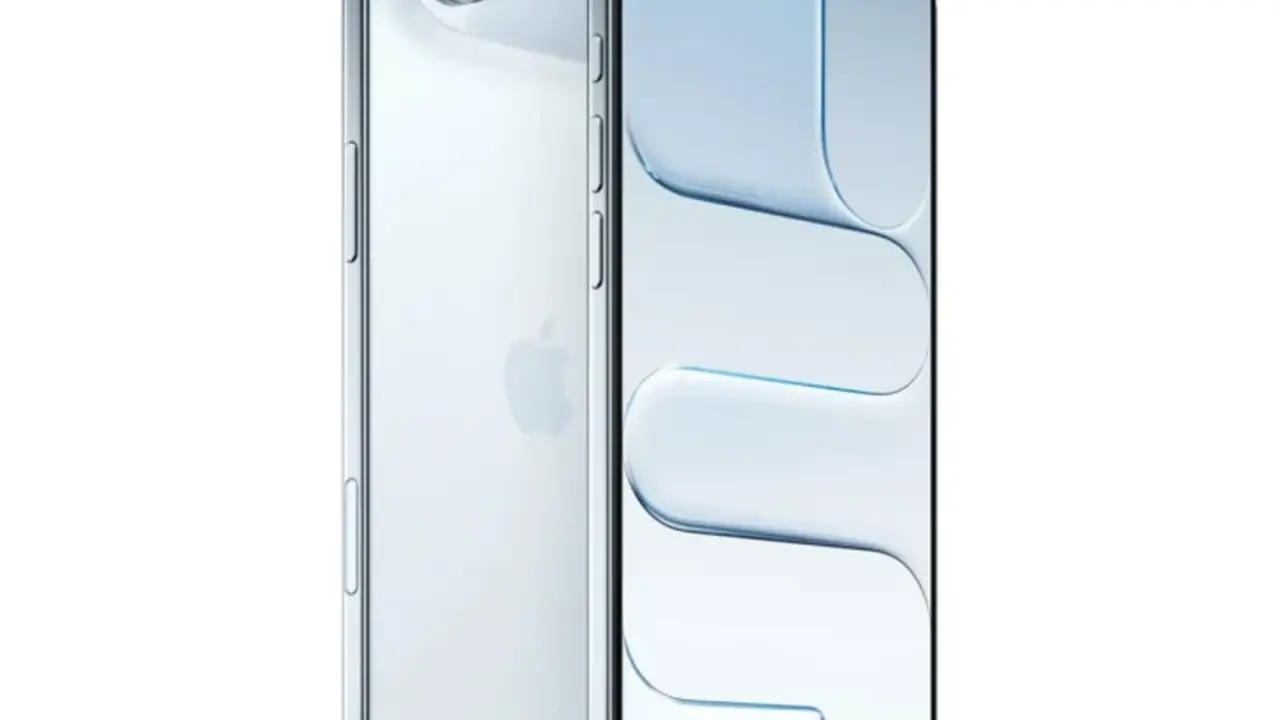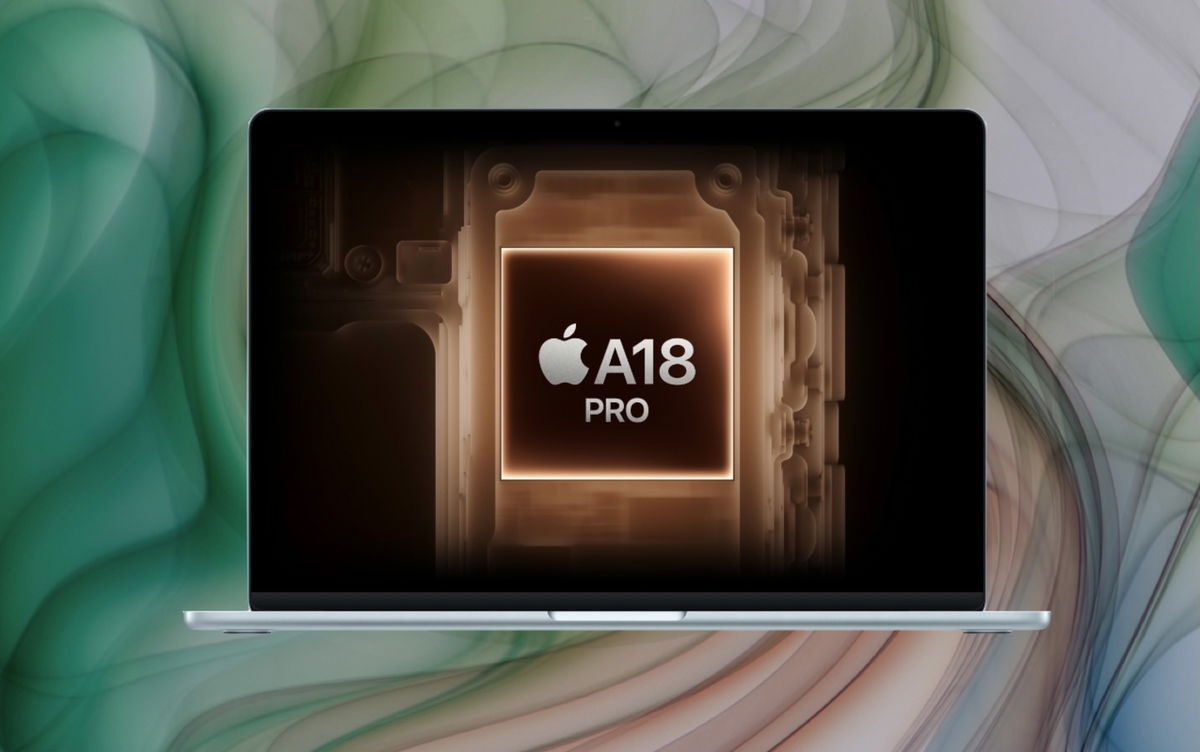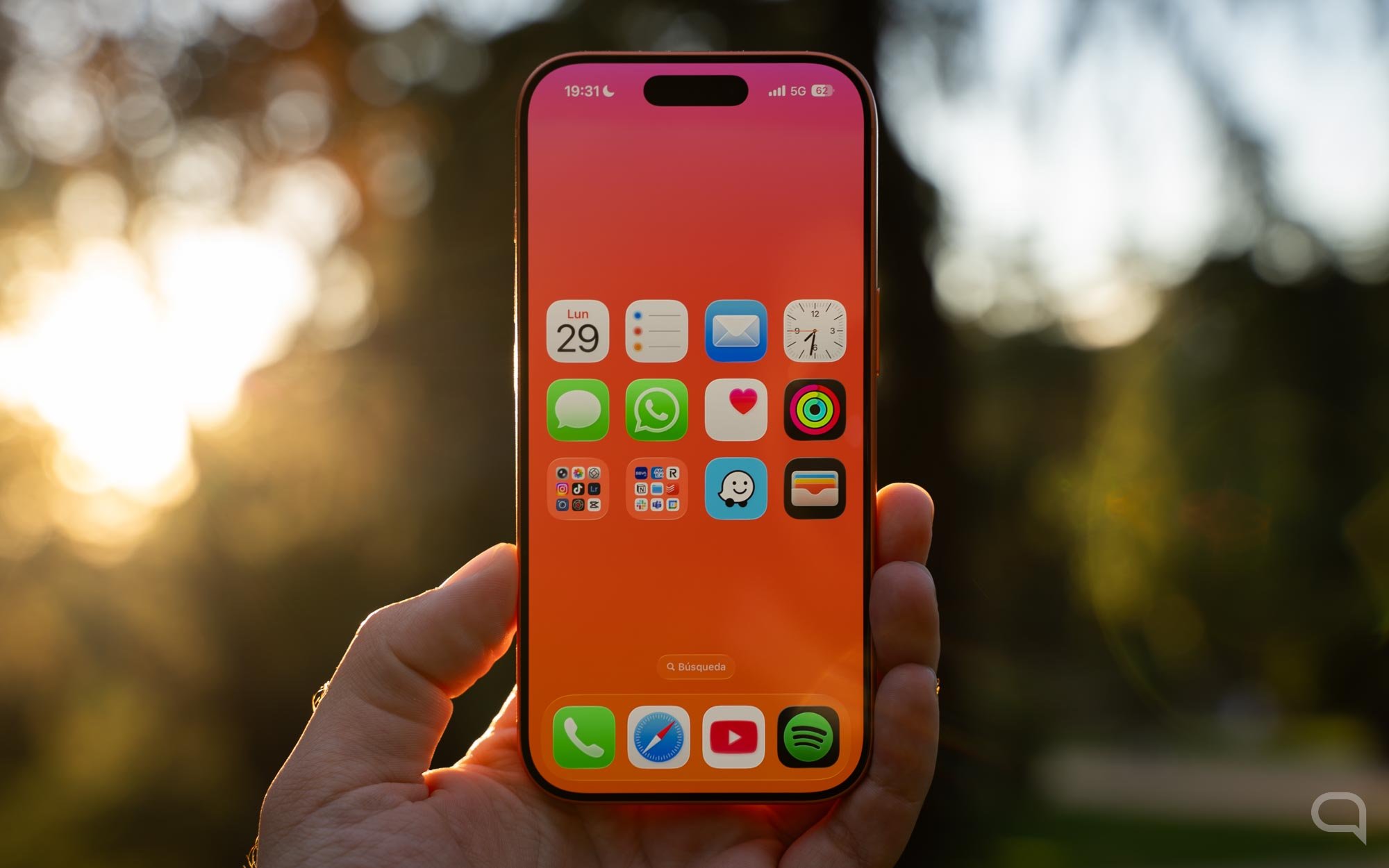If we look back The company that has promoted foldable phones the most is Samsung. He was one of the first to enter this sector, it is he who produced the most models of this type and probably the one who sells the most every year. However, in the last year, the South Korean company has seen more and more alternatives to its products. Options that, despite limited availability, threaten Samsung’s lead. Among them is the Xiaomi MIX Fold 2, which we were able to get to know within a few minutes, despite the fact that it did not arrive in Spain.
The conclusion after being able to try it for a few moments is clear: Samsung is hunted – and even won, depending on in what aspect – on its territory. First it was Oppo with the original Find N to rave reviews, and now Xiaomi with the MIX Fold 2.
With Samsung Galaxy Z Fold 4, let’s remember the South Korean company did not take the risk. General component improvements, certain software changes – thanks in part to Android 12L – and a bit more. Some changes that might have been enough if this phone wasn’t in the category of products yet to be addressed: fold marks, durability, thickness, weight, etc. In my opinion, the best way to describe the situation is that that the Z Fold 4 was designed to be a phone, not a foldable.
A few days later, Xiaomi announced the MIX Fold 2 in China. the initial comparison put Samsung in an awkward position. As a phone, there are no significant differences between them. However, Xiaomi seemed to be a step ahead of the foldable model. The first impression, which, once in the hands, is confirmed.

Xiaomi MIX Fold 2 advances where Galaxy Z Fold 4 couldn’t
First, Xiaomi MIX Fold 2 thinner. When unfolded, the difference between one and the other is approximately one millimeter. Perceptible, but not transcendent. However, everything changes when both are closed. The thickness of the MIX Fold is 11.2 millimeters, which is much thinner than Samsung’s, which ranges from 14.2 to 15.8. does it fluctuate? Yes, and this is where another key factor comes into play: the hinge of both phones.
MIX Fold 2 it has a hinge that allows you to completely close the phone. The Z Fold 4, on the other hand, doesn’t. The Samsung leaves a kind of gap between the two halves that not only allows dirt to get in when it’s folded; this also makes its thickness not only greater, but also unequal on both sides.
This difference in both thickness and unevenness is very noticeable when you have both phones in your hands. Also when you put them in your pocket. Just, Xiaomi MIX Fold 2 seems to be ahead of a generation or two in this respect.


Another key factor is external screen share. Both have a slightly taller bezel than usual, but the Z Fold 4 goes even further. In particular, the ratio is 23.1:9 in the case of Samsung and 21:9 in the case of Xiaomi. Take a regular mobile as a reference: the iPhone 14 Pro Max screen has an aspect ratio of 19.5:9.
What does it mean? That the external screen of Xiaomi MIX Fold 2 not only has proportions closer to what we are used to, but is also more aesthetic and useful. It is also important to note that third-party developers build their apps to the most common sizes in the industry.. So getting as close to the standard as possible – as Xiaomi does – can in some cases lead to a more polished experience.
As for the fold mark, Xiaomi MIX Fold 2 does not work miracles. Here. And above all it becomes visible when light falls on it at a certain angle. I wouldn’t call it dramatic or harrowing, but there’s clearly some work to be done. Brands have to keep working for this to disappear at some point.


Top level hardware
In addition to being foldable, the Xiaomi MIX Fold 2 comes with great hardware at hand. Not the most arrow, but yes on top smartphones premium sectors.
| Characteristic | Xiaomi MIX Fold 2 |
|---|---|
| inner screen | Foldable 8″ 1914 x 2160 pixel OLED 120Hz refresh rate HDR10+ Dolby Vision up to 1300 nits |
| external screen | 6.56 inches, 1080 x 2520 pixels, 21:9 aspect ratio, AMOLED technology and 120Hz refresh rate |
| CPU | Snapdragon 8+ 1st generation |
| rear cameras | – Primary sensor: 50 megapixels, f/1.8, 1/1.56-inch sensor, OIS and PDAF. – Telephoto: 8-megapixel sensor, f/2.6, 45mm equivalent focal length and PDAF. – Wide angle: 13MP sensor, f/2.4 and 1.12µm pixels. |
| Front-camera | 20 megapixel sensor |
| Biometrics | Fingerprint reader under the outer screen |
| Storage | Up to 1 TB |
| RAM | up to 12 GB |
| Drums | 4500 mAh |
| charging technologies | Wired only. Maximum power 67W. |
| connectivity | Bluetooth 5.2, Wi-Fi 6e, 5G, GPS, USB-C, etc. |
| Dimensions and weight | Unfolded: 161.1 x 144.7 x 5.4mm Folded: 161.1 x 73.9 x 11.2mm Weight: 262 grams |
Little can be said about the software. The phone we got to try out was locked for a few minutes, so it was impossible to experiment with MIUI. The only thing we can say is that has MIUI 13 + Android 12 (Standard version, not Android 12L like Galaxy Z Fold 4).

Xiaomi MIX Fold 2 is clearly better than Galaxy Z Fold 4?
MIX Fold 2 It was a pleasant surprise after a few minutes when we were able to test it.. And that certainly poses challenges to – and even surpasses – the Galaxy Z Fold 4, which in some ways should have been bolder. However, this does not mean that the Chinese brand’s phone flexes perfectly or outperforms the South Korean one in every way. It’s important to remember a few things:
- The scale of production is a key factor. At present, the foldable phone is not a mass product comparable to regular phones. However, one thing can be said: Samsung produces much more than Xiaomi. The proof of this is that both the Fold and Flip are available almost everywhere in the world; while the MIX Fold 2 is only sold in China. This clearly plays in favor of Xiaomi. Small-scale production often simplifies the implementation of complex components.
- Durability unknown. The numbers that Xiaomi reveals about the durability of the MIX Fold 2 are to be taken with many tweezers, just like other brands that are also on sale. smartphones folding. I don’t mean they are false. We just couldn’t test them. Until verification becomes possible, we will continue to doubt.
- The MIX Fold 2’s fingerprint scanner is good, but also bad. Xiaomi has implemented a fingerprint reader under the outer screen, which is good news – more discreet – but also bad news as there is no second sensor under the inner screen. Therefore, it is not possible to biometrically verify your identity if you use the MIX Fold 2 in the open. Samsung, on the other hand, places the sensor on the accessible side, whether deployed or not.
- Minor details in which the Samsung mobile is ahead. Z Fold 4 is waterproof (IPX8), ships with Android 12L (foldable version), S-Pen compatible (stylus), it has a camera below the internal screen – though both its quality and the way it’s tucked under the panel could be improved – it supports wireless charging and has a long-range, high-resolution telephoto lens.
- Details in which Xiaomi MIX Fold 2 surpasses Samsung. It has a faster charging system, a larger 100mAh battery and a higher resolution front camera.
I think it’s fair to say that As a foldable smartphone, Xiaomi MIX Fold 2 is undoubtedly better than Galaxy Z Fold 4. – in the absence of confirmation of its durability –. However, as smartphonethe Samsung mobile phone itself is somewhat more advanced thanks to the details that I mentioned in the lines above.
In any case, there is a second reading that I find even more interesting: That Xiaomi is taking this type of product seriously, and even causing problems for Samsung, should be a source of joy. Competition always benefits consumers. And this is no exception. The fact that Samsung has competitors like Xiaomi or Oppo will force everyone, including them, to step on the accelerator in search of solutions to the problems that these types of phones still have, or, simply put, take the concept even further.
Source: Hiper Textual















